If my Insteading readers have been following the orchid stories, you’ll know how much I love this charming plant. There’s my general, informative article on orchids, the unusually-shaped bat flower, and the swaddled babies. I keep finding more orchid varieties as I browse the local nurseries or share my discoveries with friends. I want to nurture them all in my gardens both inside and out, and of course, I love to write about them.
My most recent find is a monkey orchid. Yes, really. There is an orchid that looks like a monkey’s face (hence, the name). It’s actually called the Dracula simia, but because of its appearance, it’s been fondly dubbed the monkey orchid (or orchid monkey). And even more interesting, there are over 100 varieties of orchids that have the eerie appearance of a monkey’s face.
A reassuring tidbit about these orchids is they don’t smell at all like monkeys. In fact, they have a sweet odor — much like a ripe orange.
There are numerous sites online advertising orchid monkey seeds for sale — and reasonably priced, too. But don’t be lulled into the idea of growing this orchid from seed. Those who have grown any type of orchid understand and appreciate how difficult it is to start an orchid from seed.
Related Post: How To Care For Orchids
That’s not to say it can’t be done. But one must be aware of the perfect growing conditions required for a particular orchid before giving it a try. And, most important, it requires a lot of patience. It takes time to grow an orchid (any orchid) from seed. The orchid monkey, if you’re successful, could take up to nine months.
With the orchid monkey, it’s difficult to know if what you’re planting is a seed or mere dirt. The seeds of this orchid are so tiny, they look like dust — though they can appear as large as a pinprick. Consequently, orchid monkey seeds are usually sold in seed pods and not as individual seeds. Buyer beware: If the site lists a package of five seeds, it’s bogus and you’re buying dirt.
Consider the environment that orchid monkeys prefer. The orchid monkey needs a specialized, controlled setting; a dark, moist environment that simulates its natural habitat in the tropical forests of South America. Before they’re planted, they require an almost laboratory setting, complete with an autoclave, a pressurized chamber for sterilizing the seeds, a laminar flow cabinet to control the airflow, and a flask to start the seeds.
These seeds are super-sensitive and need proper care for successful propagation. Even in these specialized conditions, success in starting these orchids from seed is hit or miss. It’s far easier to approach a local orchid society and find out how to obtain a plant that has already matured.
Related Post: The Black Bat Flower
If you are fortunate enough to obtain an orchid monkey for your indoor potted collection, there are some care points to remember.
- Watering: keep the soil moist
- Ideal soil: sphagnum moss mixed with bark
- Ideal temperature: 68 degrees Fahrenheit (20 degrees Celsius) in the daytime and 42 to 46 degrees Fahrenheit (6 to 8 degrees Celsius) at night
- Ideal light: full shade
- High humidity: 65% or more
- Pests: aphids
- Pruning: dead leaves, dead roots, and dead flower stems
- Average height: 12 to 20 inches (20 to 50 centimeters)
What is so special about these orchid monkeys? With its handful of long petals and two long sepals at their base, the appearance is uncanny. Its funny “face” looks right at you with a mocking expression that’s a fine example of Mother Nature’s sense of humor.
And if you don’t find the orchid monkey silly enough, check out the Japanese monkey face or Peru monkey face orchids.


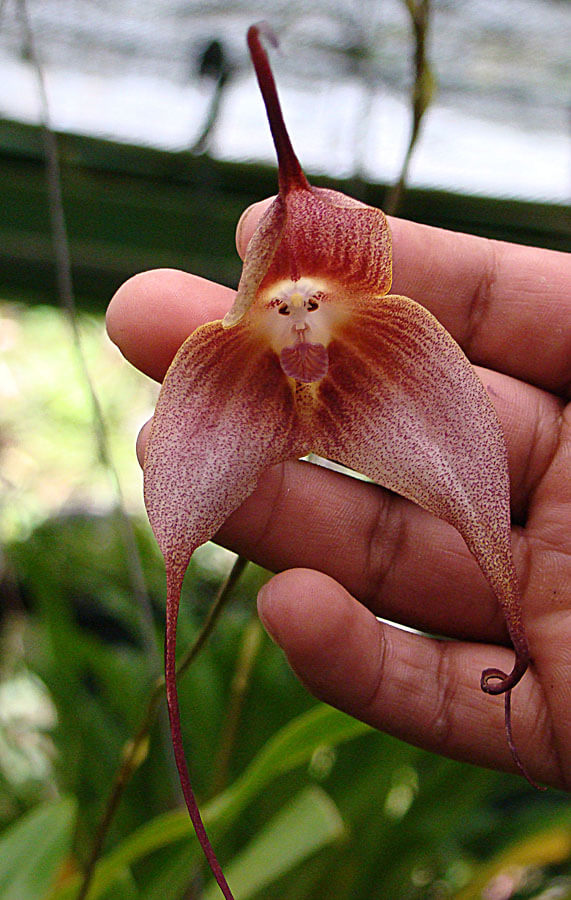
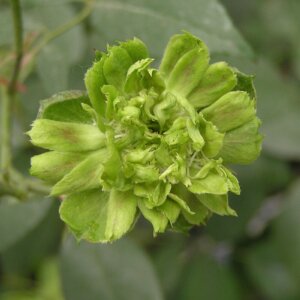
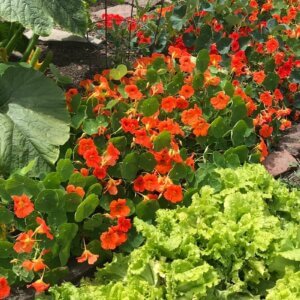

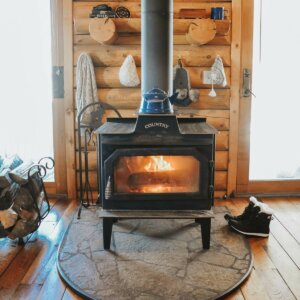
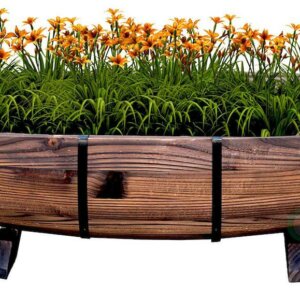

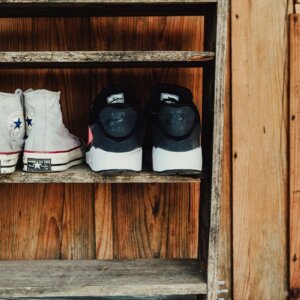
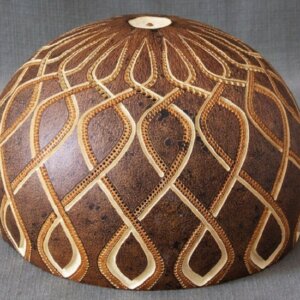

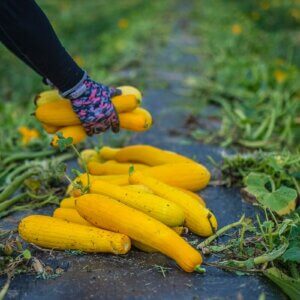

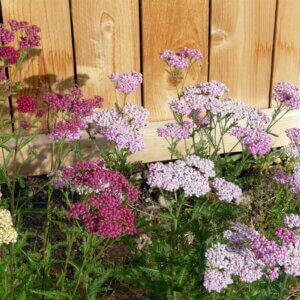
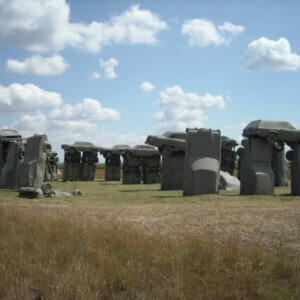
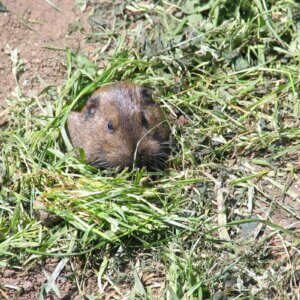

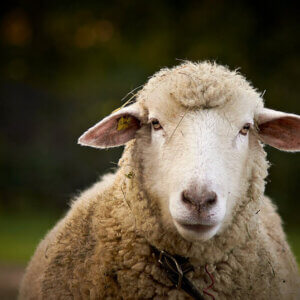
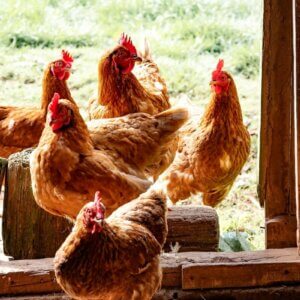
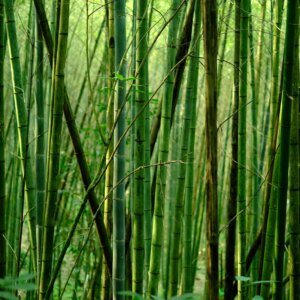
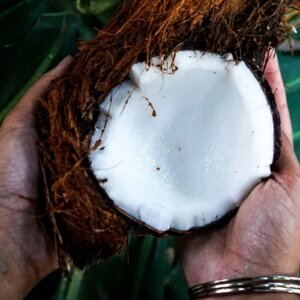
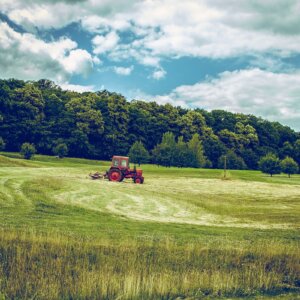


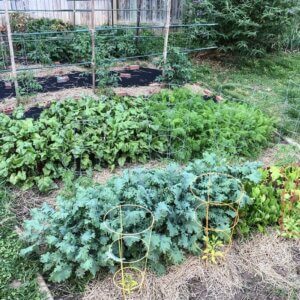

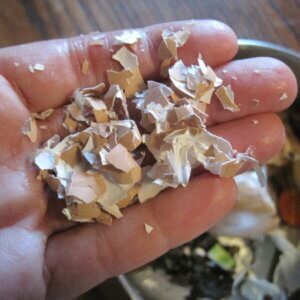

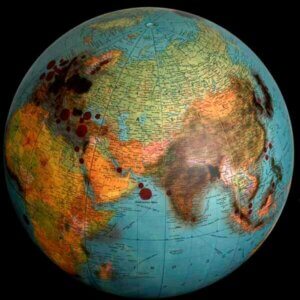
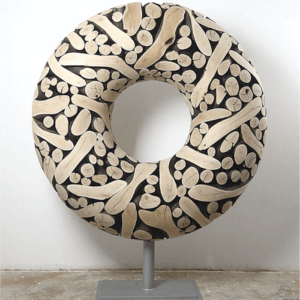



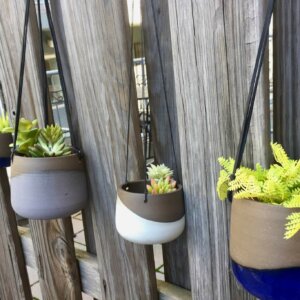
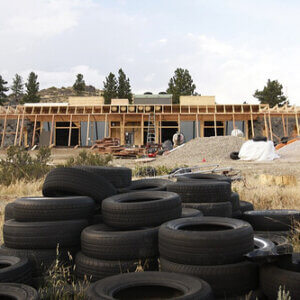
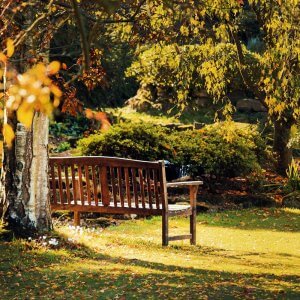
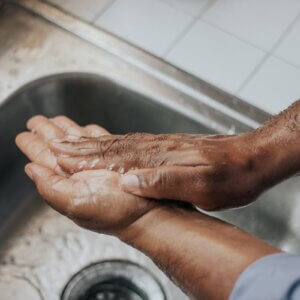


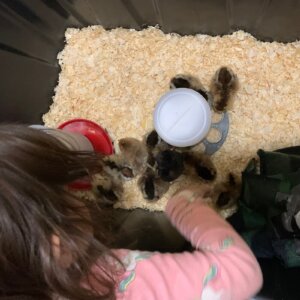
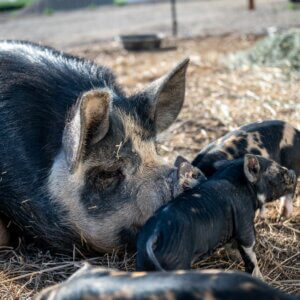
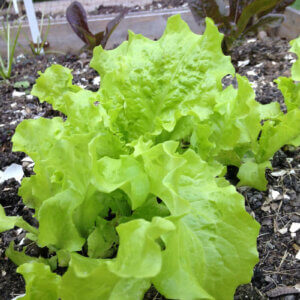
I would like to purchase a swaddled baby orchid plant. Can you find where I ight get one?